Search
Did you mean: Anu?
Search Results

Definition
Ancient Nara
Nara, located around 30 km south of modern Kyoto, was the capital of ancient Japan between 710 and 784 CE. It gave its name to the Nara Period (710-794 CE), although the name during the 8th century CE was Heijokyo. Modelled on the Chinese...

Definition
Jang Bogo - Korea's King of the Yellow Sea
Jang Bogo (aka Chang Pogo or Gungbok) was a powerful Korean warlord, naval commander, and merchant who came to monopolise maritime trade in northeast Asia to such a degree that he was known as the 'King of the Yellow Sea' during the first...

Image
Map of the Silk Road at Its Height in the Late 8th Century
This map illustrates the Silk Road in the late 8th century, a vast network connecting Tang China, Central Asia, the Islamic world, and Europe. More than just a silk route, it enabled the exchange of luxury goods, technologies, and religions...
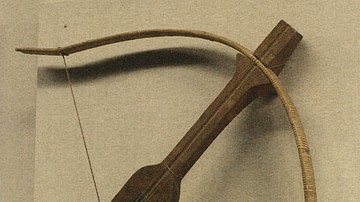
Article
Crossbows in Ancient Chinese Warfare
The crossbow was introduced into Chinese warfare during the Warring States period (481-221 BCE). Developing over the centuries into a more powerful and accurate weapon, the crossbow also came in versions light enough to be fired with one...
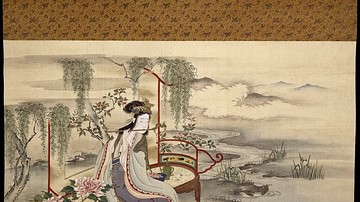
Article
Song of Everlasting Sorrow
The Song of Everlasting Sorrow is a narrative poem of the Tang Dynasty (618-907 CE) inspired by the love affair between Xuanzong (r. 712-756 CE), the seventh emperor of the dynasty, and his consort Lady Yang. It was written by the Chinese...
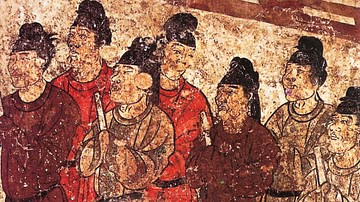
Article
Eunuchs in Ancient China
Eunuchs were powerful political players in ancient Chinese government. Originating as trusted slaves in the royal household they were ambitious to use their favoured position to gain political power. Advising the emperor from within the palace...
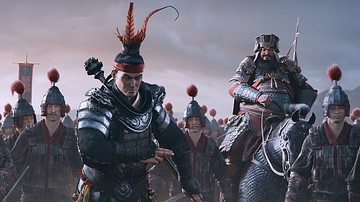
Article
The Early Three Kingdoms Period
The Early Three Kingdoms Period in ancient China, from 184 CE to 190 CE for the purposes of this article, was one of the most turbulent in China's history. With an ailing Han government unable to control its empire, brutal localised wars...

Image
Map of the Trade Links between Rome the East (1st - 3rd
This map illustrates the shifting web of overland and maritime routes—later dubbed the “Silk Road”—that linked China, India, and Southeast Asia with Persia, the Eastern Mediterranean, and Europe. From desert caravans to monsoon-powered ships...

Image
Jade & Crystal Ornament
Jade, gilded bronze and rock crystal jewellery piece. 56 cm (length). Tang Dynasty, 669 CE. Excavated from the tomb of Liu Zhi (civil official), and his consort. Northwest University, Chang'an District, Xi'an. Shaanxi Provincial Institute...
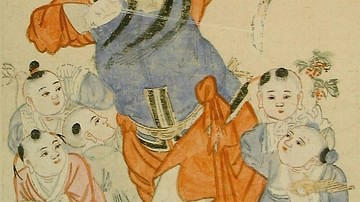
Image
Tiangou, the Heavenly Dog
Chang Hsien shooting a bow at a heavenly dog, Late Qing dynasty, 19th century.